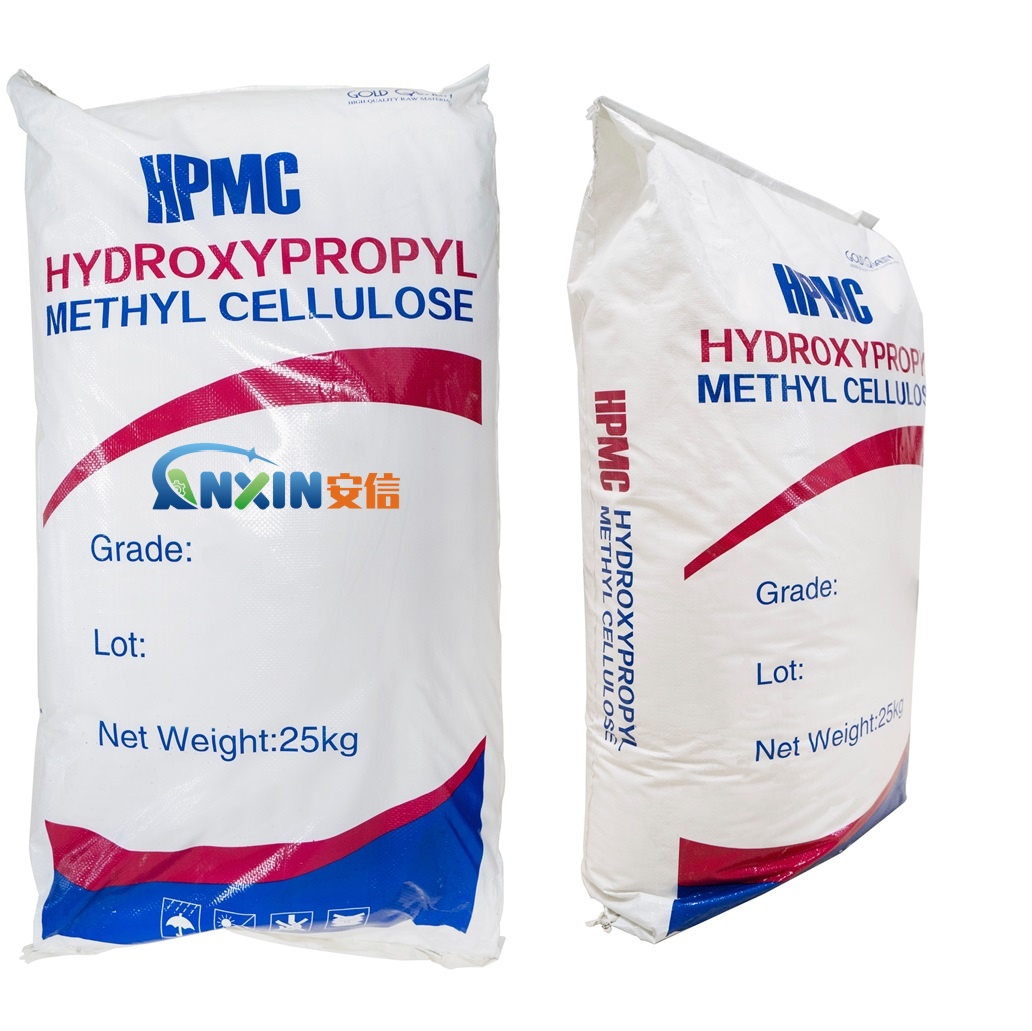The Role of Hydroxypropyl Methylcellulose (HPMC) in Gypsum-Based Products
Hydroxypropyl methylcellulose (HPMC) is a commonly used additive in gypsum-based products, playing a crucial role in enhancing their performance and properties. It delves into the influence of HPMC on key properties such as workability, water retention, setting time, strength development, and durability of gypsum-based materials. the interactions between HPMC and gypsum constituents are discussed, shedding light on the mechanisms underlying its effectiveness. Understanding the role of HPMC in gypsum-based products is essential for optimizing formulations and achieving desired performance characteristics.
1.Introduction
Gypsum-based products, including plaster, joint compounds, and construction materials, are widely utilized in various industries such as construction, architecture, and interior decoration. These materials rely on additives to improve their performance and meet specific application requirements. Among these additives, hydroxypropyl methylcellulose (HPMC) stands out as a versatile and effective ingredient in gypsum formulations. HPMC is a non-ionic cellulose ether derived from natural cellulose, widely known for its water retention, thickening, and rheological properties. In gypsum-based products, HPMC plays a multifaceted role in enhancing workability, setting characteristics, strength development, and durability.
2.Functions and Benefits of HPMC in Gypsum-Based Products
2.1 Workability Enhancement
Workability is a critical property in gypsum-based materials, affecting their ease of application and finishing. HPMC acts as a rheology modifier, imparting pseudoplastic behavior to the mixture, thereby improving its spreadability and ease of handling. The addition of HPMC ensures uniform distribution of water throughout the mixture, resulting in enhanced workability and reduced risk of segregation or bleeding.
2.2 Water Retention
Maintaining adequate water content is essential for the hydration process and proper setting of gypsum-based products. HPMC exhibits excellent water retention properties, forming a protective film around gypsum particles and preventing rapid water loss through evaporation. This prolonged hydration period facilitates optimal gypsum crystal growth and enhances the overall strength and durability of the material.
2.3 Setting Time Control
Controlled setting time is crucial for achieving desired working characteristics and ensuring proper bonding in gypsum-based applications. HPMC influences the setting behavior of gypsum by delaying the onset of crystallization and extending the setting time. This enables sufficient time for application, finishing, and adjustment, particularly in large-scale construction projects where prolonged workability is necessary.
2.4 Strength Development
The addition of HPMC can positively impact the mechanical properties and strength development of gypsum-based products. By promoting uniform hydration and reducing water loss, HPMC contributes to the formation of dense and cohesive gypsum matrix, resulting in enhanced compressive, tensile, and flexural strength. Moreover, the reinforcement effect of HPMC fibers within the gypsum matrix further improves structural integrity and resistance to cracking or deformation.
2.5 Durability Improvement
Durability is a key performance criterion for gypsum-based materials, especially in applications subjected to moisture, temperature variations, and mechanical stress. HPMC enhances the durability of gypsum products by improving resistance to shrinkage, cracking, and efflorescence. The presence of HPMC inhibits the migration of soluble salts and reduces the risk of surface defects, thereby prolonging the service life and maintaining aesthetic appeal.
3.Interactions between HPMC and Gypsum Constituents
The effectiveness of HPMC in gypsum-based formulations is attributed to its interactions with various components of the system, including gypsum particles, water, and other additives. Upon mixing, HPMC molecules hydrate and form a gel-like structure, which envelops gypsum particles and entraps water within the matrix. This physical barrier prevents premature dehydration and promotes uniform distribution of gypsum crystals during setting and hardening. Additionally, HPMC acts as a dispersant, reducing particle agglomeration and improving homogeneity of the mixture. The compatibility between HPMC and gypsum is influenced by factors such as molecular weight, substitution degree, and concentration of HPMC in the formulation.
Applications of HPMC in Gypsum-Based Products
HPMC finds wide-ranging applications in gypsum-bas
4.ed products, including:
Plasters and renders for interior and exterior wall surfaces
Joint compounds for seamless finishing of gypsum board assemblies
Self-leveling underlayments and flooring compounds
Decorative molding and casting materials
Specialty formulations for 3D printing and additive manufacturing
Hydroxypropyl methylcellulose (HPMC) plays a pivotal role in enhancing the performance and properties of gypsum-based products. Through its unique functionalities, including workability enhancement, water retention, setting time control, strength development, and durability improvement, HPMC contributes to the formulation of high-quality gypsum materials for diverse applications. Understanding the interactions between HPMC and gypsum constituents is essential for optimizing formulations and achieving desired performance characteristics. With ongoing research and innovation, HPMC continues to emerge as a key additive in the development of advanced gypsum-based solutions, catering to the evolving needs of the construction industry and related sectors.
Post time: Apr-08-2024
